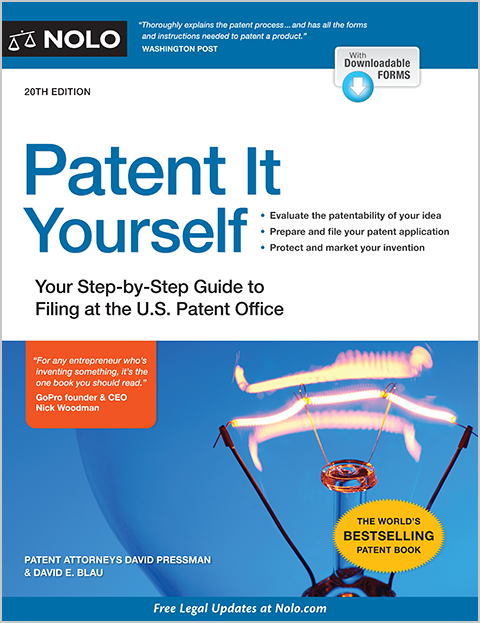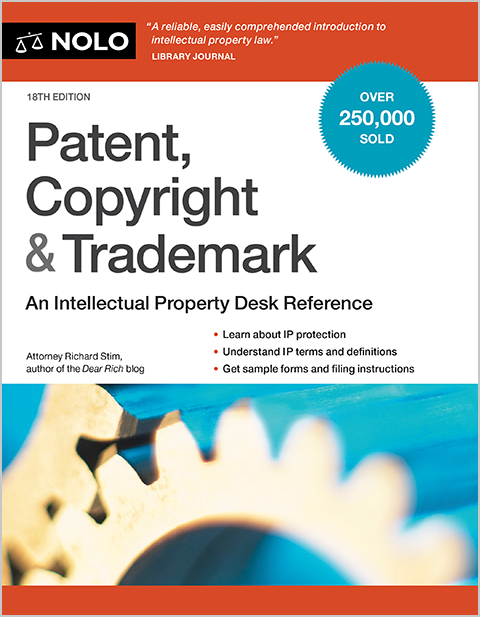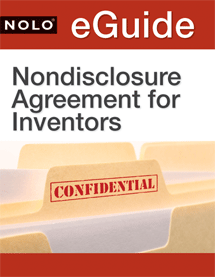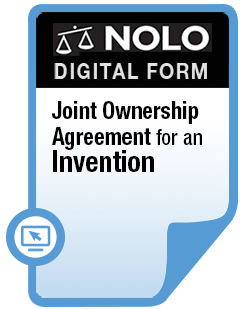How to Halt the Unauthorized Online Use of Your Copyrighted Material
The Digital Millennium Copyright Act (DMCA), passed by Congress in 1998, established what is known as a "safe harbor" for Internet service providers (ISPs), companies that act as gatekeepers for access to the Internet. In effect, the DMCA provides a "Get Out of Jail Free" card for ISPs in regard to copyrighted material that is uploaded by others.
Under its "safe harbor" provisions, the DMCA allows ISPs to escape legal liability if they promptly remove infringing materials upon request. The DMCA sets up a procedure by which an unhappy copyright owner can seek to have an ISP remove infringing works under its "notice and takedown" procedure. This takedown procedure involves three separate steps:
- The copyright owner drafts and sends to the ISP a notice (usually called a "Notice of Claimed Infringement") claiming that infringing material is present on the ISP's system or that there are links to infringing material.
- The ISP must respond to the notice in one of two ways: either (1) remove the infringing material or disable access to it, or (2) do nothing, and face liability.
- If the ISP has removed or disabled access to the allegedly infringing material, the user or subscriber involved can send the ISP a counter notice stating that the material is not infringing or has been misidentified. In this event, the ISP must put the material back or restore access to it unless the copyright owner goes to court.
Preparing the Notice
What should you do if you notice your copyrighted work on a website? Filing a Notice of Claimed Infringement can easily be accomplished by any copyright owner. Indeed, you do not necessarily need to hire an attorney to send it for you. Avoiding a lawyer can save money and time, and there is no legal requirement that you use an attorney. Having said that, an attorney's advice can be helpful, and moreover, ISPs may be more fearful of a notice from a law firm, and thus more likely to act upon your notice.
If the notice is successful and the ISP removes the infringing material or disables access to it, there will often be no need to file an expensive lawsuit.
What must the actual notice contain? The notice must:
- identify the copyrighted work you claim was infringed (if the infringement involves many different works at a single online site, you can include a representative list rather than listing each one)
- identify the online site where the alleged infringement has occurred and identify specifically what material on the site you claim is infringing (include copies, if possible); if a link is involved, it must be identified
- give the name and contact information for the person signing the notice
- state that the information in the notice is accurate and that the complaining party "has a good faith belief that use of the material in the manner complained of is not authorized by the copyright owner, its agent, or the law"
- state, under penalty of perjury, that the signer of the notice is authorized to act on behalf of the copyright owner of the material claimed to have been infringed, and
- be signed with either a physical or electronic signature.
The notice can be either emailed or sent by postal mail to the ISP.
Sample Notice
Below is a sample Notice of Claimed Infringement that can be modified for your purposes.
Notice of Claimed Copyright Infringement
From:
Name: _________________
Address: _________________
_________________
Phone number: _________________
Fax number: _________________
Email address: _________________
To:
Service Provider: _________________
Designated Agent: _________________
Address: _________________
_________________
Fax number: _________________
Identification of copyrighted work that has been infringed: ___[describe the work you own that has been infringed—for example, if your website has been copied give the name and URL]___.
Identification of infringing material that is to be removed or access to which is to be disabled: ___[include detailed description accurately identifying the material you claim infringes on your copyright in the work identified above—for example, list the website URL and specific Web pages containing infringing materials; if possible, attach copies of the infringing materials]___.
By signing below, I attest that:
- the foregoing information is accurate, and
- I believe in good faith that use of the referenced material in the manner complained of is not authorized by the copyright owner, its agent, or the law.
I further attest under penalty of perjury that I am either the copyright owner of the referenced material or authorized to act on the copyright owner's behalf.
________________________________
Signature
____________________
Date
Notice Must Be Justified and Must Consider Fair Use
To protect against the unjustified use of this provision, Congress provided Section 512(f), which permits Internet publishers to bring affirmative claims against copyright owners who knowingly and materially misrepresent that infringement has occurred.
- In a 2004 case, two ISPs successfully used this provision to fight back against a DMCA notice and takedown procedure instigated by Diebold over the republication of an email archive. The emails from Diebold engineers allegedly sounded an alarm over flaws in Diebold's electronic voting machines. A court ruled that the republication of the emails was a fair use because there was no commercial harm and no diminishment of the value of the works. See Online Privacy Group v. Diebold, 72 USPQ 2d 1200 (N.D. Cal. 2004).
- In 2008, a district court ruled that prior to requesting a takedown notice, a copyright owner must consider the likelihood of a claim of fair use. In that case, Universal Music issued a takedown notice for a video of a child dancing to the song, "Let's Go Crazy," by Prince. The owner of the video claimed that because Universal didn't consider the issue of fair use, Universal could have not had a "good faith belief" they were entitled to a takedown. Faced with this novel issue, a district court agreed that the failure to consider fair use when sending a DMCA notice could give rise to a claim of failing to act in good faith. See Lenz v. Universal Music Corp., 572 F. Supp. 2d 1150 (N.D. Cal. 2008).
The lesson is that you should not sent out DMCA takedown notices without careful consideration. It is possible that, under fair use or some other copyright exception, the person who published the work had every right to do so.
Talk to a Lawyer
Need a lawyer? Start here.
How it Works
- Briefly tell us about your case
- Provide your contact information
- Choose attorneys to contact you
- Briefly tell us about your case
- Provide your contact information
- Choose attorneys to contact you



